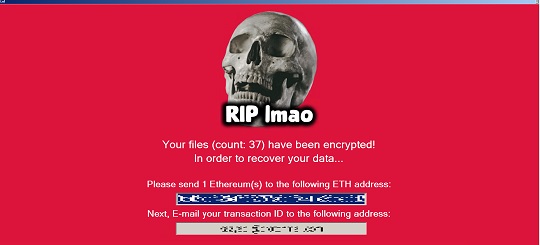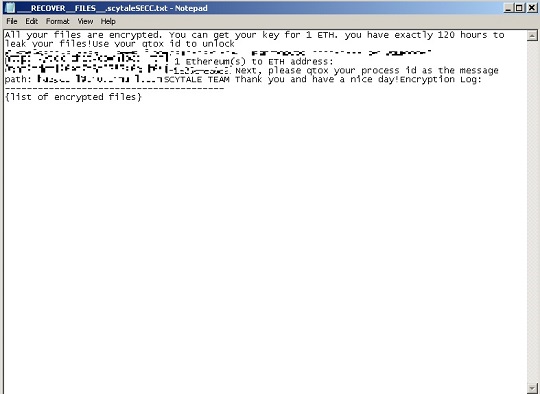Trojan.BAT.BATCLOAK.A
Generic.BAT.Downloader.C.7E10499D (BITDEFENDER), BAT/Agent.dp (MCAFEE)
Windows


Threat Type: Trojan
Destructiveness: No
Encrypted: Yes
In the wild: Yes
OVERVIEW
Downloaded from the Internet, Dropped by other malware
This Trojan arrives on a system as a file dropped by other malware or as a file downloaded unknowingly by users when visiting malicious sites.
It encrypts files found in specific folders. It drops files as ransom note.
TECHNICAL DETAILS
1,856,801 bytes
BAT
No
15 Jun 2023
Displays graphics/image, Encrypts files
Arrival Details
This Trojan arrives on a system as a file dropped by other malware or as a file downloaded unknowingly by users when visiting malicious sites.
Installation
This Trojan adds the following processes:
- copy C:\Windows\System32\WindowsPowerShell\v1.0\powershell.exe /y "{File name}.exe"
- {File Name}.exe -noprofile -ep bypass -c {encrypted command}
Other Details
This Trojan does the following:
- It encrypts files using Rjindael (AES) encryption.
- It displays the following screen after it finishes encrypting files:

- It contains an encrypted payload and executes it in memory.
Ransomware Routine
This Trojan encrypts files found in the following folders:
- %Desktop%
- %User Profile%\Documents
- %User Profile%\Pictures
(Note: %Desktop% is the current user's desktop, which is usually C:\Documents and Settings\{User Name}\Desktop on Windows 2000(32-bit), XP, and Server 2003(32-bit), or C:\Users\{user name}\Desktop on Windows Vista, 7, 8, 8.1, 2008(64-bit), 2012(64-bit) and 10(64-bit).. %User Profile% is the current user's profile folder, which is usually C:\Documents and Settings\{user name} on Windows 2000(32-bit), XP, and Server 2003(32-bit), or C:\Users\{user name} on Windows Vista, 7, 8, 8.1, 2008(64-bit), 2012(64-bit) and 10(64-bit).)
It appends the following extension to the file name of the encrypted files:
- {Original filename}.{Original extension}.scytaleSECC
It drops the following file(s) as ransom note:
- \___RECOVER__FILES__.scytaleSECC.txt

SOLUTION
9.800
18.510.03
15 Jun 2023
18.511.00
16 Jun 2023
Step 1
Before doing any scans, Windows 7, Windows 8, Windows 8.1, and Windows 10 users must disable System Restore to allow full scanning of their computers.
Step 2
Search and delete these files
- %Desktop%\\___RECOVER__FILES__.scytaleSECC.txt
Step 3
Scan your computer with your Trend Micro product to delete files detected as Trojan.BAT.BATCLOAK.A. If the detected files have already been cleaned, deleted, or quarantined by your Trend Micro product, no further step is required. You may opt to simply delete the quarantined files. Please check the following Trend Micro Support pages for more information:
Step 4
Restore encrypted files from backup.
Did this description help? Tell us how we did.

